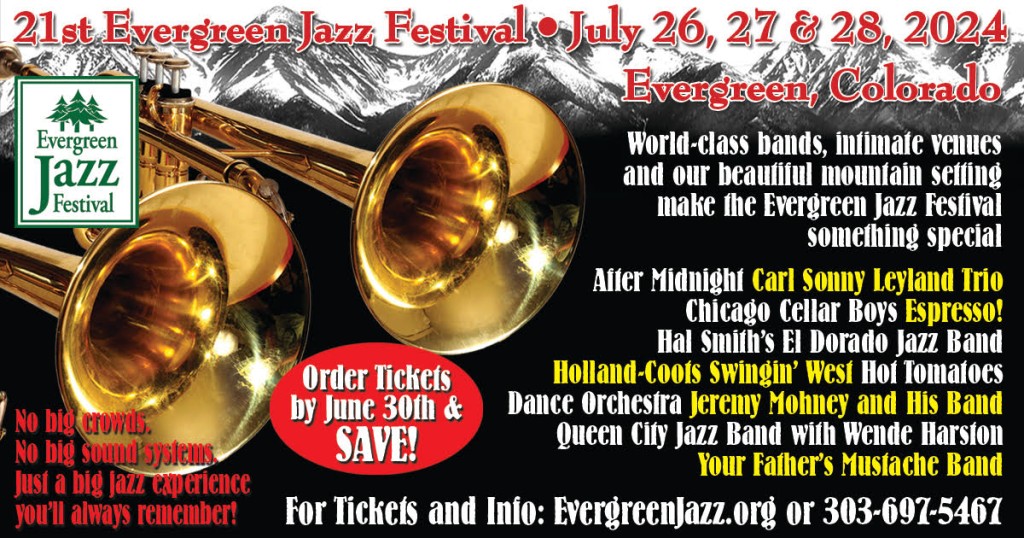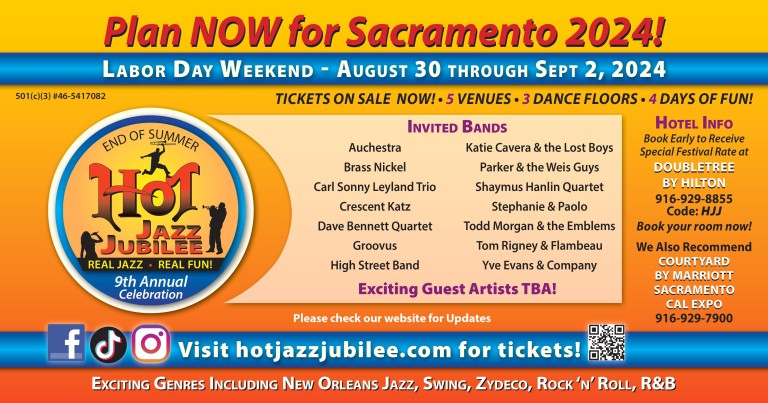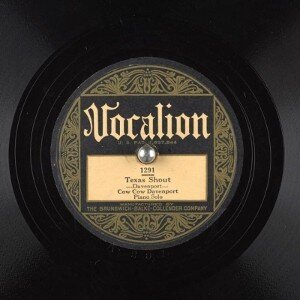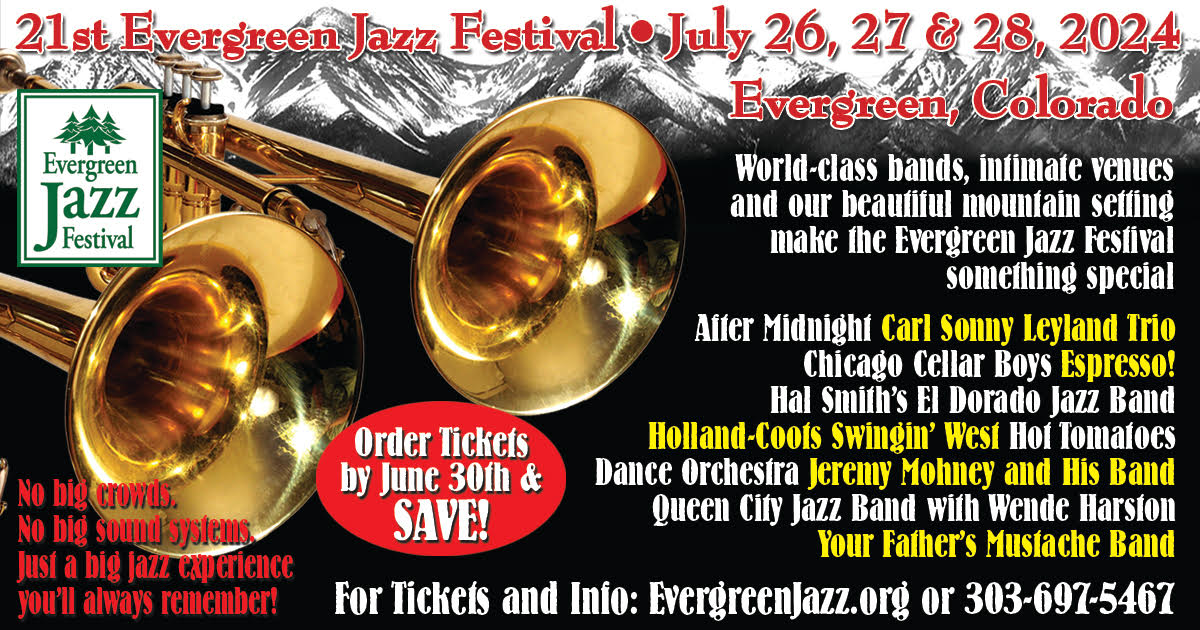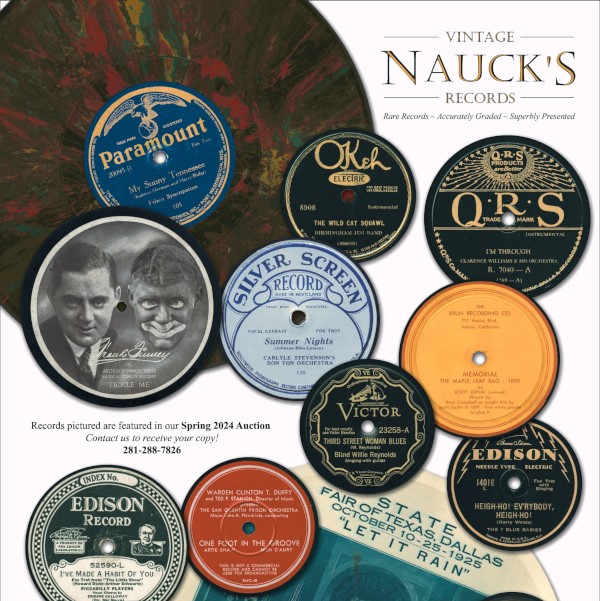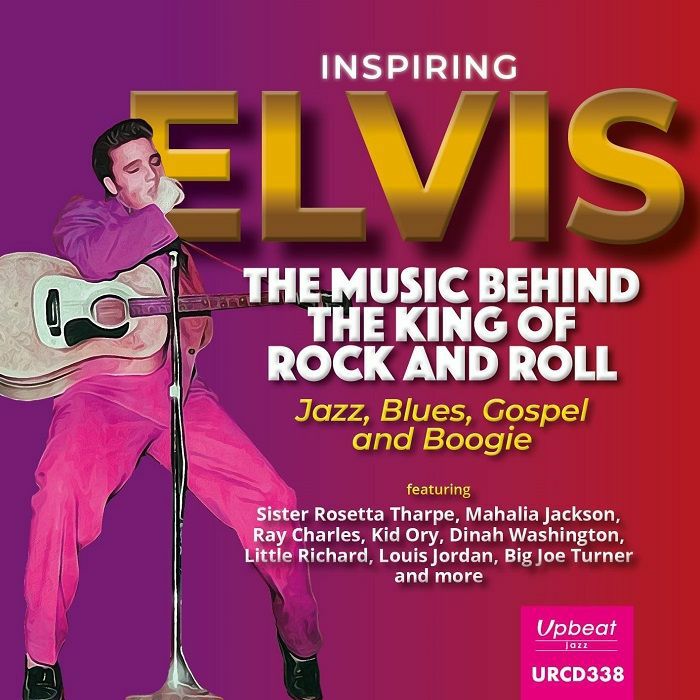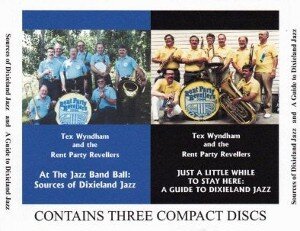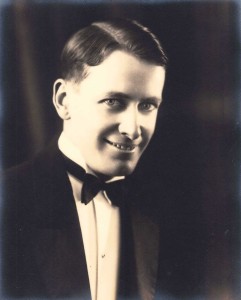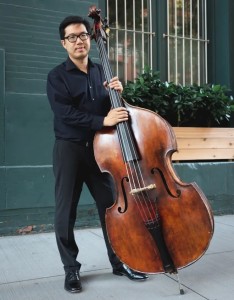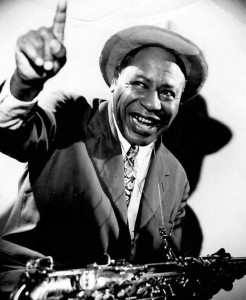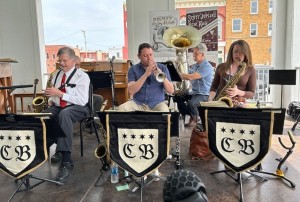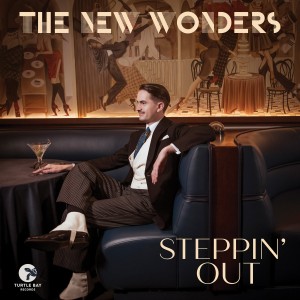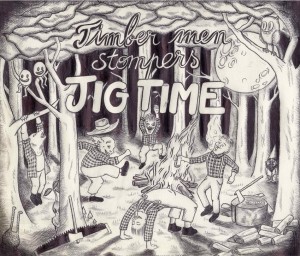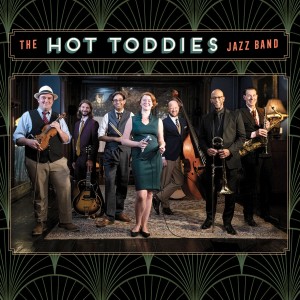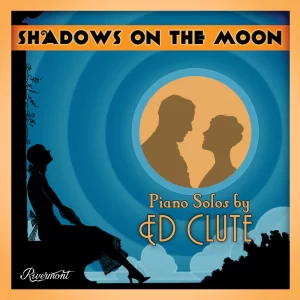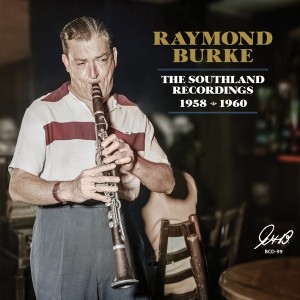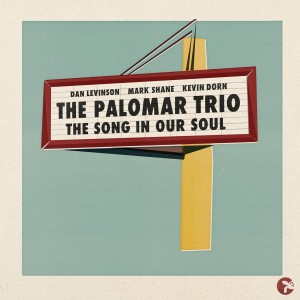Set forth below is the seventh “Texas Shout” column. It first appeared in the June 1990 issue of The American Rag (then West Coast Rag).
The High Sierra Jazz Band, a sextet without a clarinet, is one of the most popular bands on the festival circuit. Turk Murphy for years led a band regarded as one of the best extant, often without a drummer. Some of the finest uptown-style New Orleans and British trad records are by piano-less sextets. Jimmie Noone’s immortal classic period six-man lineup omitted both trumpet and trombone. A typical Chicago sextet, such as the one led by Jack Teagarden near the end of his career, will not have a guitar.
Among the great quintets, Louis Armstrong and his Hot Five functioned without either bass or drums. Soprano Summit usually had neither brass nor piano on stage. The Original Dixieland Jazz Band worked without banjo or bass.
We could go on down through the various small bands that have recorded through the years. We’d wind up with piles of marvelous duet recordings, such as those by clarinetist Kenny Davern and pianist Dick Wellstood, organist Dick Hyman and cornetist Ruby Braff, and violinist Joe Venuti and guitarist Eddie Lang. The possibilities seem endless.
Well, not quite. If I’ve counted correctly, there are 131 different instrumental combinations that the seven instruments (not allowing for any doubling) in a typical Dixieland band could present to its audience. I get 1 septet, 7 sextets, 21 quintets, 37 quartets, 37 trios, 21 duets and 7 unaccompanied solos. We could also count utter silence as a 132nd possibility, something which may result from the judicious use of space during a performance.
By now, you should have taken my point. Any mixture of the instruments in a Dixieland band is capable of playing valid, full-bodied jazz if given a chance.
A few bands (it seems to me that they tend to be among the top-ranked outfits) do pay some attention to this fact. One which comes readily to mind is Jim Cullum’s Jazz Band, a full-time professional crew of first-rate jazzmen, all of whom are highly accomplished technically. Listen to them in action, say on their excellent “Super Satch” album for Stomp Off, and you’ll hear all kinds of bands-within-a-band showing you new and different facets of the selections as you go along.
Unfortunately, most of the combos you’ll hear today barely make use of one-tenth of the 131 available combinations. Listen to a typical Dixieland septet throughout an evening and, for about 99% of the time, you’ll hear either the full ensemble or the seven soloists with whatever instrumental backup the group is used to providing for them (generally the full rhythm section for the horns, sometimes special settings for certain rhythm section soloists). That’s a total of eight configurations. Add a passage or two where the trumpet drops out while the clarinet or trombone takes the lead, and a couple of groupings where one or more horns may play with just the banjo behind them, and that’s about it.
Why do we get so much unimaginative programming? I suspect that many leaders are not fully aware of the musical resources within their ranks waiting to be tapped. And yet, as I have previously discussed at length in the June 1988 issue of The Mississippi Rag, Dixieland players have, in general, the most widely-developed ensemble skills of any style of jazz. A Dixieland band should be an ideal laboratory for varying the tonal mixtures.
(Other ways to use the instrumental resources at hand include dynamics — how many bands anymore play those really quiet but highly-charged ensembles, such as those you frequently heard on Kid Ory’s revival-period recordings? — and chase choruses. However, for today’s column, let’s stick to the variety that can be obtained through subunits.)
Such variations do much to keep the audience interested over the long haul. If your first few tunes suggest that, for the rest of the night, it’s going to be either full ensemble or solos with rhythm, the fans will realize that all you’re going to do from here on out, on each tune, is the same thing you just did but on a different chord pattern and at a different tempo. Will they then start to table-talk a little more?
I firmly believe that, once the listeners think they know what you’re going to do, they will listen to you less intently. If you keep surprising them, they won’t chatter as much because they won’t want to miss something special.
Further, deploying your musicians in novel ways keeps the sidemen alert and stretches their abilities, two things that will guarantee the steady improvement of your lineup. It’s easy for a horn player to get lazy on his solos if he knows he’ll have four sidemen filling out the sound — he can’t hide as well if the only instrument behind him is a tuba or a string bass or just the drummer’s brushes.
 But do all of these different combinations sound good? Sure they do, with a little practice and if you don’t overdo them. There’s no reason why your trombone and clarinet can’t learn to play a short passage of unaccompanied duet as a way of easing the steady pressure from the full rhythm section, or your tuba player can’t step out for a brief interlude all by himself. A chorus by a trio of clarinet, banjo and piano — or a quartet of cornet, trombone, tuba and banjo — or, for that matter, whatever your sense of showmanship tells you might work at a given moment, is worth a try, and it’ll be fun for musicians and audience alike.
But do all of these different combinations sound good? Sure they do, with a little practice and if you don’t overdo them. There’s no reason why your trombone and clarinet can’t learn to play a short passage of unaccompanied duet as a way of easing the steady pressure from the full rhythm section, or your tuba player can’t step out for a brief interlude all by himself. A chorus by a trio of clarinet, banjo and piano — or a quartet of cornet, trombone, tuba and banjo — or, for that matter, whatever your sense of showmanship tells you might work at a given moment, is worth a try, and it’ll be fun for musicians and audience alike.
Lest you think I am idly theorizing, I can tell you that the two bands I regularly lead, The Red Lion Jazz Band in my hometown and The Rent Party Revellers at festivals and cruises, follow the principles set forth above and those principles work just fine. Each member of these combos may find himself playing all alone or together with any combination of the others at any time, and the response from the crowd and the musicians has been most satisfying.To illustrate, one of the high points for me of the Revellers’ appearance at the 1989 South Coast Metro festival came near the end of our last set, while we were playing “Faraway Blues”, a tune that’s been in our book since we first got together. Just to try something a little different, we decided, while the performance was going on, to do a three-chorus routine consisting of an unaccompanied clarinet chorus, an unaccompanied clarinet-soprano saxophone duet, and a trio of clarinet, soprano saxophone and tuba. What came out was absolutely gorgeous, the audience listened so closely you could hear a pin drop, and the applause went off the meter when that spot ended. A fan later sent me a tape of it, and it stands up as well on repeated listening as I remembered it in the event.

You can do the same thing with your band. All you have to do is remember that you’re not leading one band, you’re leading 131 different bands, and you should give many, if not all, of them a chance to play during the evening. If you do — trust me on this — you’ll play a jazzier show, your sidemen will improve (at least the ones who want to improve will do so, the others may complain), and the audience will get more out of the experience. Shouldn’t the prospect of such results be worth a try for a few times, just to see how it goes?
Back to the Texas Shout Index.
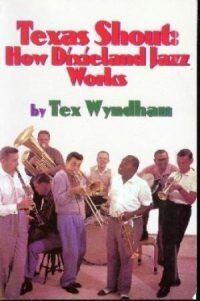
The full run of “Texas Shout” has been collected into a lavishly illustrated trade paperback entitled Texas Shout: How Dixieland Jazz Works. This book is available @ $20.00 plus $2.95 shipping from Tex Wyndham, On request, Tex will autograph the book and add a personalized note (be sure to tell him to whom the note should be addressed).
Tex Wyndham’s 3 CD Guide to Dixieland with music and commentary is available for $20 plus $2.95 shipping. The separate CD, A History of Ragtime: Tex Wyndham Live At Santa Rosa, is available for $13.00 plus $2.00 shipping. On request, Tex will autograph the inner sleeve and add a personalized note (be sure to tell him to whom the note should be addressed).
Send payment to Tex Wyndham, P.O. Box 831, Mendenhall, PA 19357, Phone (610) 388-6330.
Note: All links, pictures, videos or graphics accompanying the Shouts were added at the discretion of the Syncopated Times editorial staff. They did not accompany the original columns and do not necessarily reflect the opinion of Tex Wyndham.
